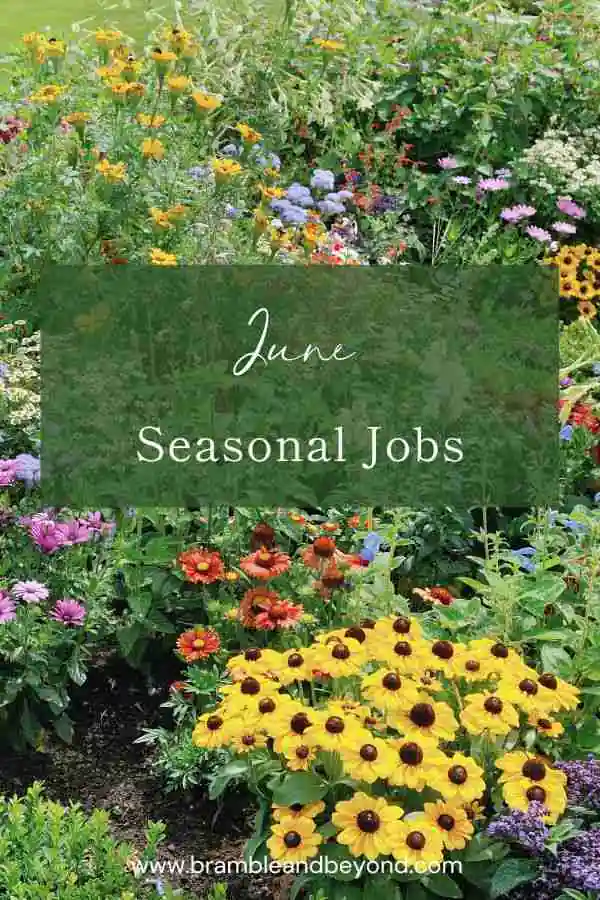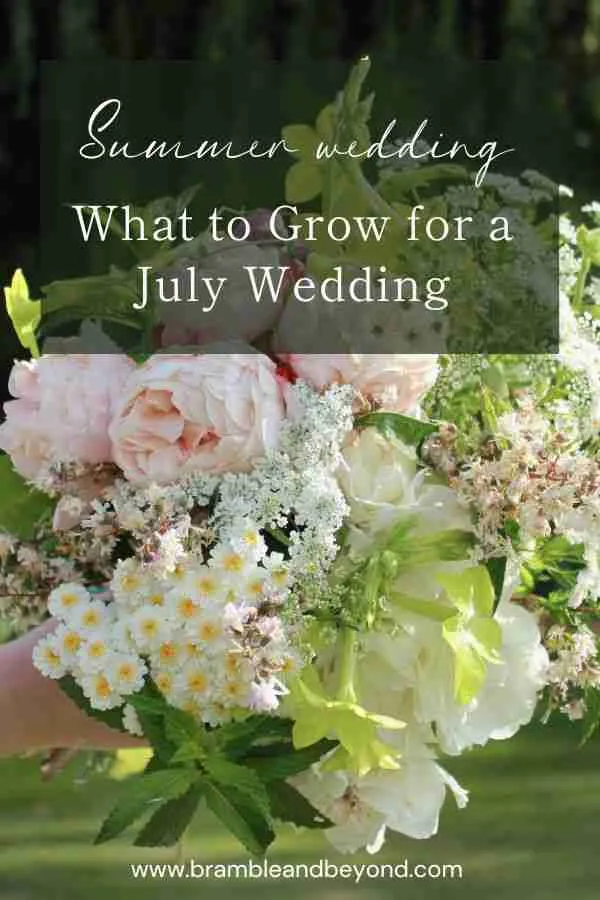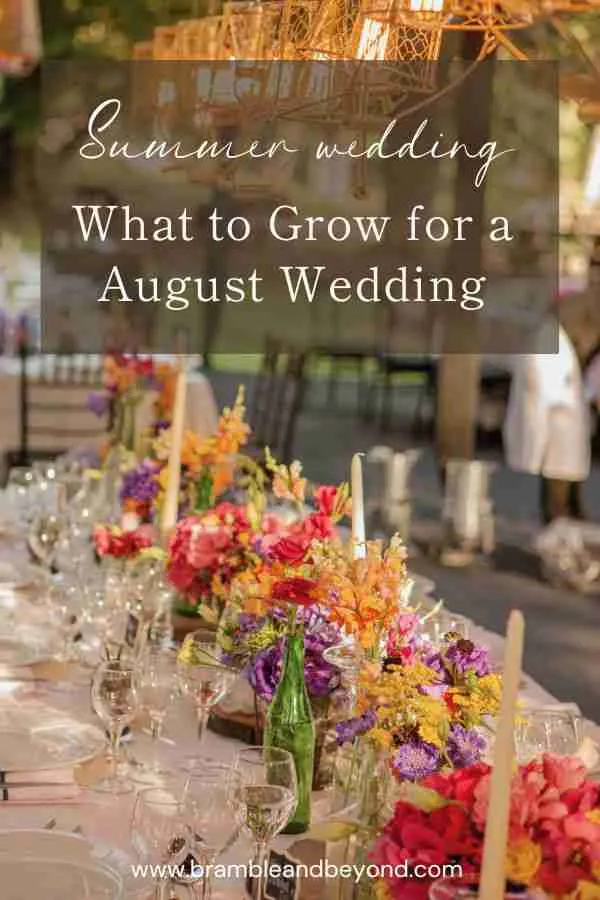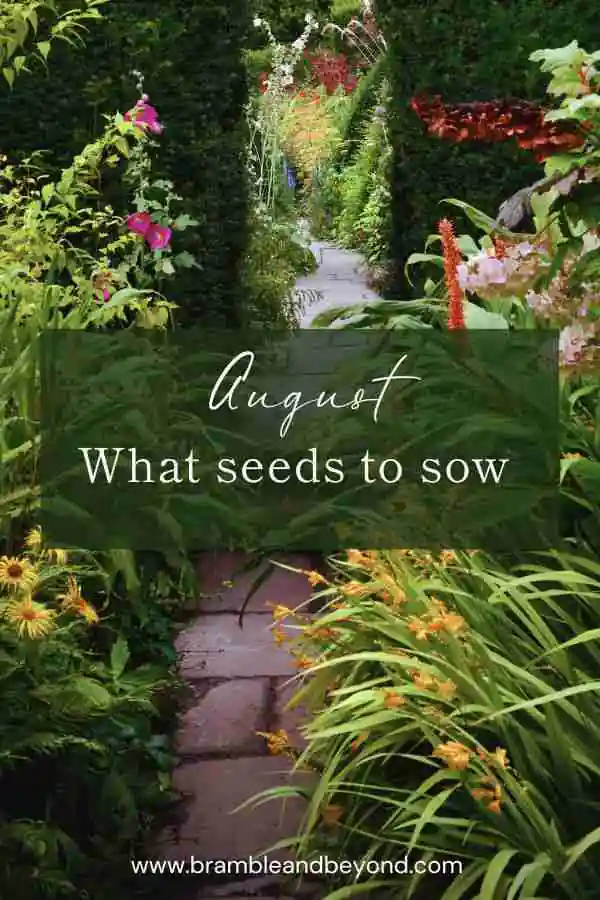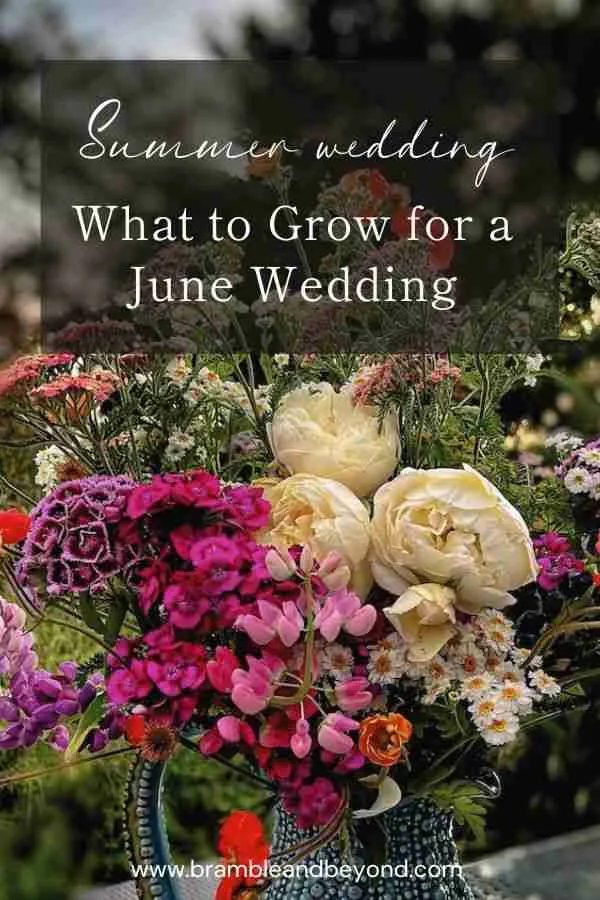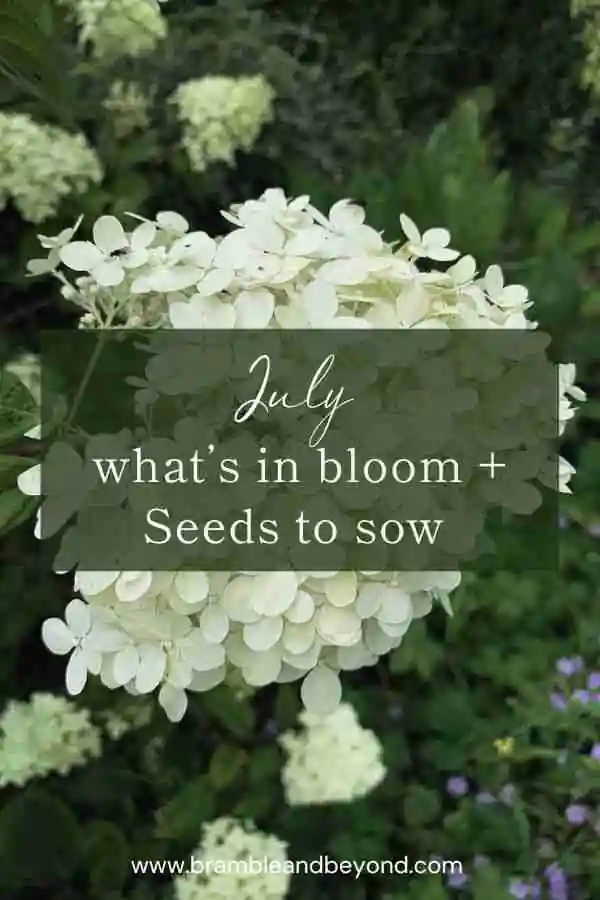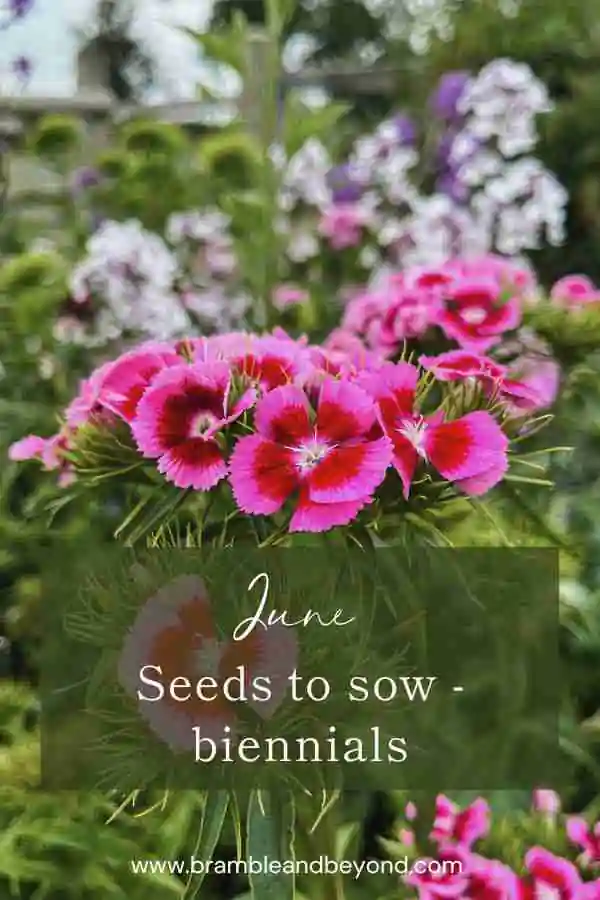Disclosure: This post may contain affiliate links, meaning I get commission if you decide to make a purchase through my links, at no cost to you. Please read my Affiliate Disclosure for more information.
Are you ready to work your magic in the garden and turn your cut flower paradise into a blooming wonderland? June is the time to put on your gardening gloves and embark on some fun-filled June garden tasks.
7 June garden tasks
From mulching to fertilising, deadheading to sowing seeds, we’ll guide you through everything you need to know to keep your garden healthy and blooming all summer long. Whether you’re an experienced gardener or just starting out, we’ll guide you through these sustainable gardening tasks.
So, let’s dive in and make your cut flower garden the envy of all
1. Eliminate those pesky weeds
Keeping your garden beautiful and healthy requires more than just planting and watering. Regular garden maintenance is necessary to keep weeds at bay and prevent invasive plant species from taking over. Weeds and invasive plants can crowd out your cut flowers, causing them to struggle and not thrive.
Identifying and removing weeds as soon as possible is vital to prevent them from spreading and taking over your garden. Many annual weeds are easy to attack with a garden hoe on a sunny day. The hoe will easily pull out or chop off the weed seedlings. There is no need to collect the debris up, you can leave them on the ground for the sun to dry them out and kill them. However, don’t use this technique on a wet day, as they are liable to take root again!
For more perennial weeds, such as docks, nettles, dandelions and brambles, it is best to dig out as much of the plant as you can. Often times you can’t get everything, but by being consistent, the plant will eventually give up. Beware – this may take a long time!
Once you’ve taken care of any weeds, it’s time to move on, preventing re-growth with a little bit of mulching.
2. Mulch to protect your garden
One important task for maintaining the health and beauty of your cut flower garden is mulching. Mulching involves placing a layer of organic matter (such as compost, leaves, straw, or wood chips) on top of the soil around your plants. This layer helps to retain moisture in the ground, suppress weeds, regulate soil temperature, and prevent erosion.
Mulching also helps to protect your plants from extreme weather conditions. In the summer months, a layer of mulch can help keep the soil cool and moist, which is especially important during heat waves. In the winter, mulch can provide insulation to protect the roots of your plants from harsh freezes.
To mulch your garden, start by clearing any weeds and debris from the soil around your plants. Then, spread a layer of mulch on top of the soil, taking care not to cover any of the plant stems or leaves. A layer of 2 inches is usually sufficient.
As you mulch, keep an eye out for any signs of pests or diseases. Mulch can provide a cosy home for insects and fungi, so be sure to monitor your garden closely and treat any issues promptly.
If you are following the no-dig process then this is standard practice whenever you finish a crop, and in no time you’ll find that you will soon be weed free. Well that is the theory, I’m still waiting for that blissful time, in the meantime, I’m desperately trying to keep my compost weed free.
In addition to mulching your garden, keeping your cut flower garden well-fertilised is important to ensure optimal growth. But we’ll discuss that in the next section.
3. Fertilise your garden for optimal growth
Proper fertilisation is crucial for cut flower gardens to produce healthy and vibrant blooms. While many gardeners opt for chemical fertilisers, organic options are just as effective and environmentally friendly. Compost, bone meal, and fish emulsion are all great choices for providing your flowers with the nutrients they need to thrive.
Or you could make your own fertiliser using nettles, comfrey, worm castings or a combination of weeds soaked in water for a few weeks. The resultant mix, although smelly, is incredibly nutrient-rich and will need to be watered down to apply to your garden.
Additionally, always fertilise your garden in the early morning or late afternoon to avoid burning your plants in the heat of the day.
With the right combination of fertilisation and soil care, your cut flower garden will be well on its way to producing beautiful blooms that will add a pop of colour to your garden and home.
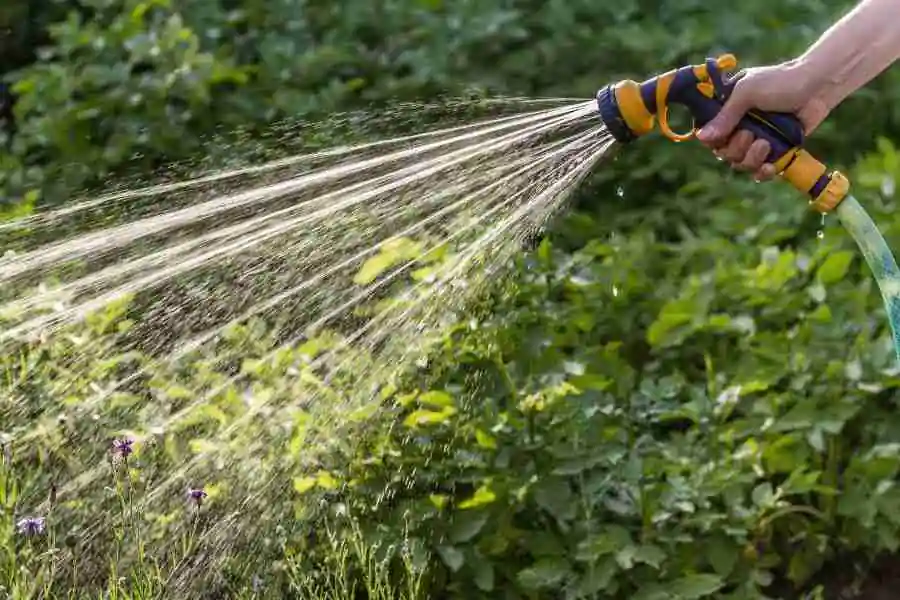
4. Water your garden the right way
Watering your cut flower garden is an essential task for maintaining healthy and thriving plants. However, it’s not just a matter of giving your plants a quick spray with the hose whenever you remember. To water your garden correctly, you need to consider a few important factors.
The first thing to remember is the time of day you water your plants. Ideally, you should water them in the morning or evening when the temperatures are cooler, and the sun is less intense. This helps to reduce evaporation and ensures that your plants can absorb the water they need without getting scorched by the sun.
Another important consideration is how you water your plants. Instead of spraying them from above, try to water them directly at the base of the plant. This helps to avoid wetting the leaves and flowers, which can lead to fungal diseases. It also ensures that the water reaches the roots, where it’s needed most.
Finally, make sure that you’re watering your plants deeply and thoroughly. Shallow watering can actually do more harm than good, as it encourages the roots to stay close to the surface instead of growing deeper into the soil.
It is better to only water when required and then to only water deeply once or twice a week, depending on your climate and soil type. This will encourage the roots to grow deeper and stronger to find their own water source.
Cards on the table, I only water my garden when we rarely experience a heat wave here in the UK. And even then I only water the cut flower patch, I never water my garden beds. Whilst my garden beds would not win awards for tidiness, the plants manage to survive pretty much anything, apart from a persistent slug attack.

5. Prolong flowering with deadheading
Once you’ve established a healthy and thriving cut flower garden, it’s important to maintain it properly to ensure its longevity. Deadheading any spent blooms is one of the must-do June garden tasks, as it not only keeps your garden looking tidy but also increases the blooming time of your flowers. In addition, a plant will try and start to form seeds once a flower is spent, this can divert the plant’s energy away from producing new flowers, so regular removal can encourage continuous flowers.
To deadhead your flowers, simply cut off the spent blooms with a sharp pair of scissors, snips or pruning shears. Be sure to cut just above a healthy leaf or bud to avoid damaging the plant. Deadheading should be done regularly, ideally every few days, to keep your flowers looking their best.
Of course, in the cut flower garden, the aim is to pick the flowers at their optimum time for their best display in your floral arrangements, so deadheading can be minimised if you take the time to cut all of your flowers when they are ready. But we’ll discuss that in the next section.
6. Pick your flowers
This might sound silly to say, but remember to pick your flowers!
Picking your flowers at the optimum time is essential for the maximum vase life of your floral arrangements. This can vary from flower to flower as some flowers are happy to continue to open once picked, such as roses, lupins and snapdragons. It is best to pick these when they are not fully open, and they will continue to improve in the vase over the next few days.
Other flowers, such as dahlias, will stay as they were the moment they are picked. In these cases, pick the flower when they look their best for the best display in the vase.
Here are some tips to get the best results when collecting cut flowers:
- Collect cut flowers in the morning when their stems are fully turgid (filled with water) for best results.
- It’s best to avoid picking during warm and sunny conditions as the plants will be water-stressed. Wait until the evening when they have had a chance to recover.
- Remember to place the stems straight into a bucket of water or as soon as possible after cutting.
- Many annuals, such as sweet peas and some perennials, will flower over a longer period if picked regularly.
I find that if I pick everything I can once a week, it not only provides me with plenty of material to fill the house but it encourages more flowers for the following week. And it also means I don’t have any flowers left to deadhead, saving me time and energy.
By following these tips, you can ensure that your cut flower garden provides enough flowers to fill your house with colour with the minimum effort.
7. Sow biennial seeds for flowers next year
Along with maintaining your garden’s weeding, fertilising, watering and flower-picking schedule, another essential June garden tasks is to sow biennial seeds for plants that will bloom the following year.
Biennial flowers require a longer growing period, as they bloom in the second year after planting. You may wonder why bother when you have annuals for flowers. Well the one massive advantage of biennials is that they provide beautiful, long-lasting blooms at a time of the year when there are fewer flowers to pick, i.e. early June.
You can start sowing biennial seeds for flowers such as honesty, sweet rocket, Canterbury bells, foxgloves, and sweet William in June. These plants are easy to grow and require minimal care once established, making them a great addition to your cut flower garden. More details on sowing biennials can be found here.
By sowing biennial seeds in June, you’re ensuring a beautiful garden next year and choosing a more sustainable approach to gardening, as biennials are known for their hardiness and long-lasting blooms.
Transforming your cut flower garden into a vibrant, healthy oasis is achievable if you follow these must-do June garden tasks. By mulching, weeding, deadheading, fertilising, watering correctly, sowing biennial seeds and most importantly, picking your flowers, you will prolong flowering and ensure the optimal growth of your flowers.
If you are ready to buy your seeds I have all of the easy cut flower seeds to grow in my shop. Shop Now
Don’t hesitate – get started today and enjoy a stunning garden all summer long.

